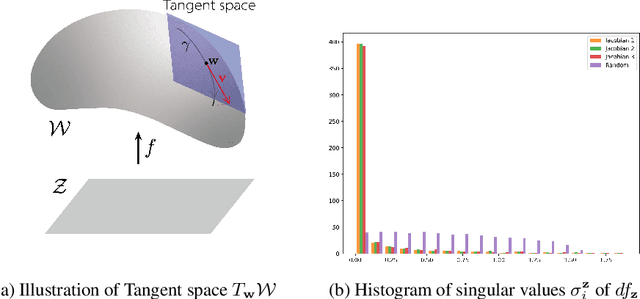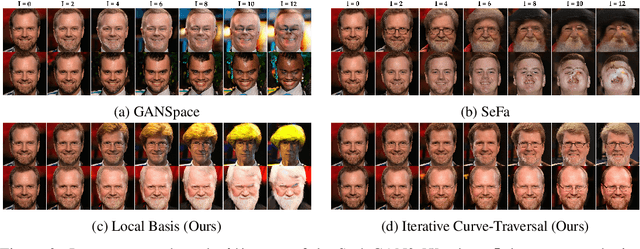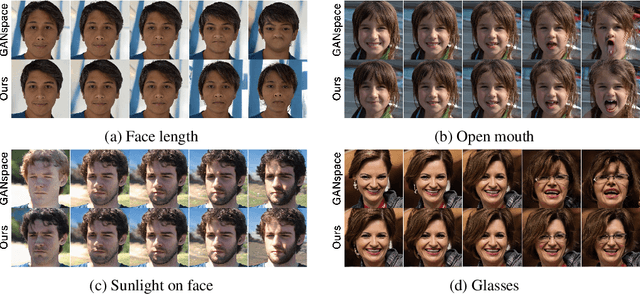Jung Ho Park
Revealing and Utilizing In-group Favoritism for Graph-based Collaborative Filtering
Apr 23, 2024



Abstract:When it comes to a personalized item recommendation system, It is essential to extract users' preferences and purchasing patterns. Assuming that users in the real world form a cluster and there is common favoritism in each cluster, in this work, we introduce Co-Clustering Wrapper (CCW). We compute co-clusters of users and items with co-clustering algorithms and add CF subnetworks for each cluster to extract the in-group favoritism. Combining the features from the networks, we obtain rich and unified information about users. We experimented real world datasets considering two aspects: Finding the number of groups divided according to in-group preference, and measuring the quantity of improvement of the performance.
Atlas flow : compatible local structures on the manifold
Oct 24, 2022Abstract:In this paper, we focus on the intersections of a manifold's local structures to analyze the global structure of a manifold. We obtain local regions on data manifolds such as the latent space of StyleGAN2, using Mapper, a tool from topological data analysis. We impose gluing compatibility conditions on overlapping local regions, which guarantee that the local structures can be glued together to the global structure of a manifold. We propose a novel generative flow model called Atlas flow that uses compatibility to reattach the local regions. Our model shows that the generating processes perform well on synthetic dataset samples of well-known manifolds with noise. Furthermore, we investigate the style vector manifold of StyleGAN2 using our model.
Do Not Escape From the Manifold: Discovering the Local Coordinates on the Latent Space of GANs
Jun 13, 2021



Abstract:In this paper, we propose a method to find local-geometry-aware traversal directions on the intermediate latent space of Generative Adversarial Networks (GANs). These directions are defined as an ordered basis of tangent space at a latent code. Motivated by the intrinsic sparsity of the latent space, the basis is discovered by solving the low-rank approximation problem of the differential of the partial network. Moreover, the local traversal basis leads to a natural iterative traversal on the latent space. Iterative Curve-Traversal shows stable traversal on images, since the trajectory of latent code stays close to the latent space even under the strong perturbations compared to the linear traversal. This stability provides far more diverse variations of the given image. Although the proposed method can be applied to various GAN models, we focus on the W-space of the StyleGAN2, which is renowned for showing the better disentanglement of the latent factors of variation. Our quantitative and qualitative analysis provides evidence showing that the W-space is still globally warped while showing a certain degree of global consistency of interpretable variation. In particular, we introduce some metrics on the Grassmannian manifolds to quantify the global warpage of the W-space and the subspace traversal to test the stability of traversal directions.
 Add to Chrome
Add to Chrome Add to Firefox
Add to Firefox Add to Edge
Add to Edge